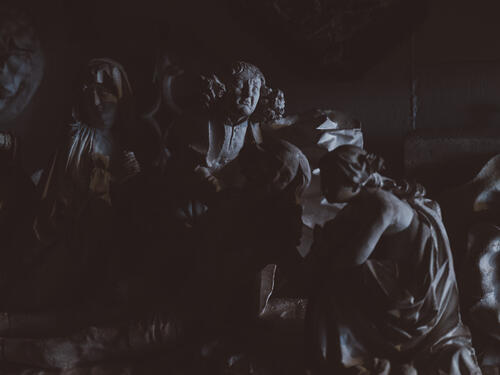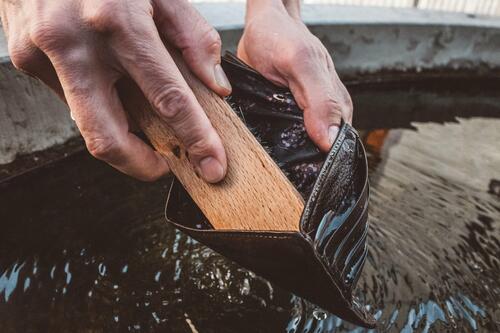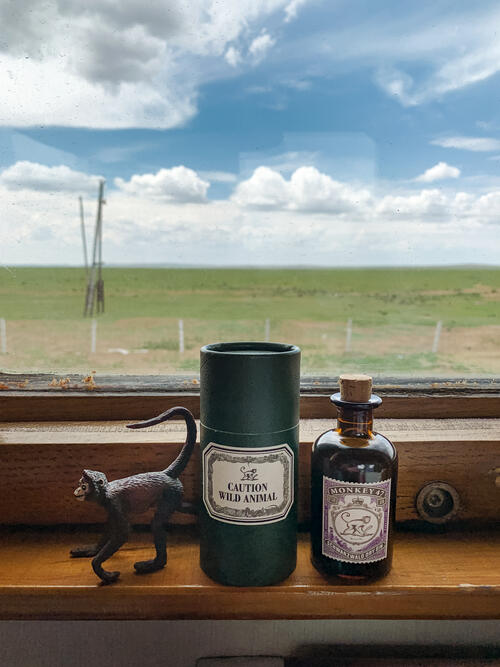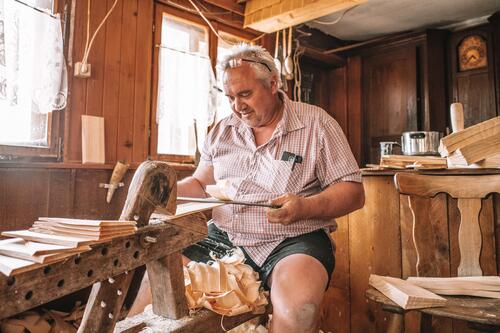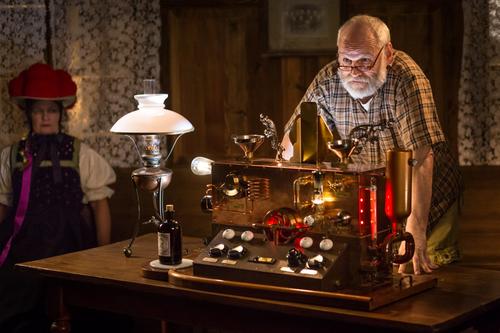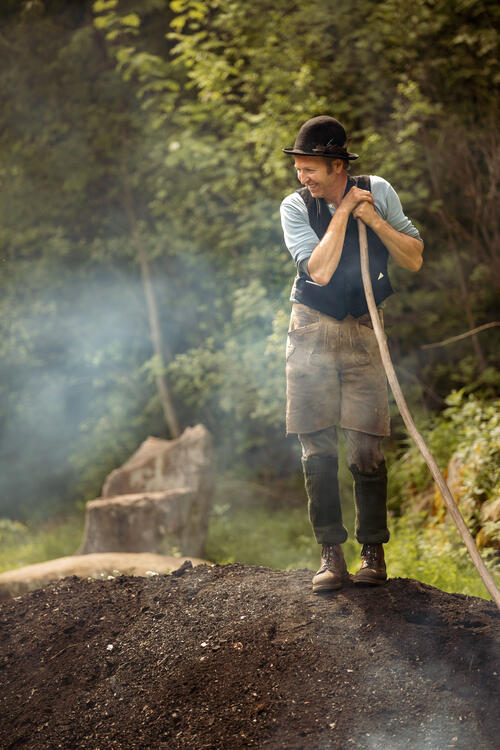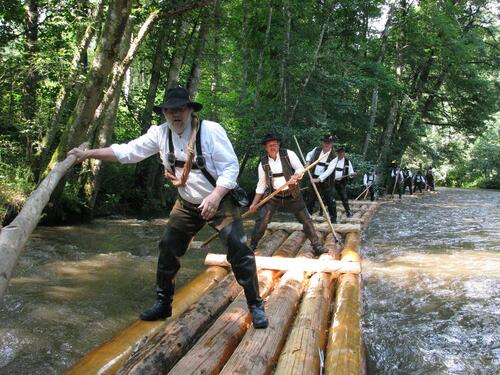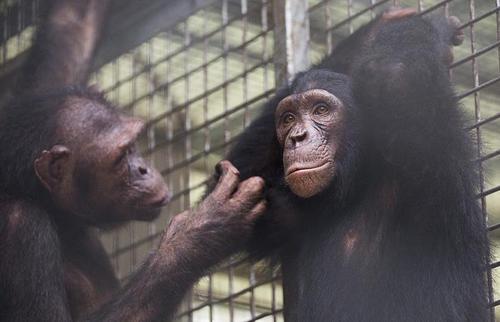Tales from the Black Forest -The Black Forest Piper
Bohemian Ram. Little Bumblebee
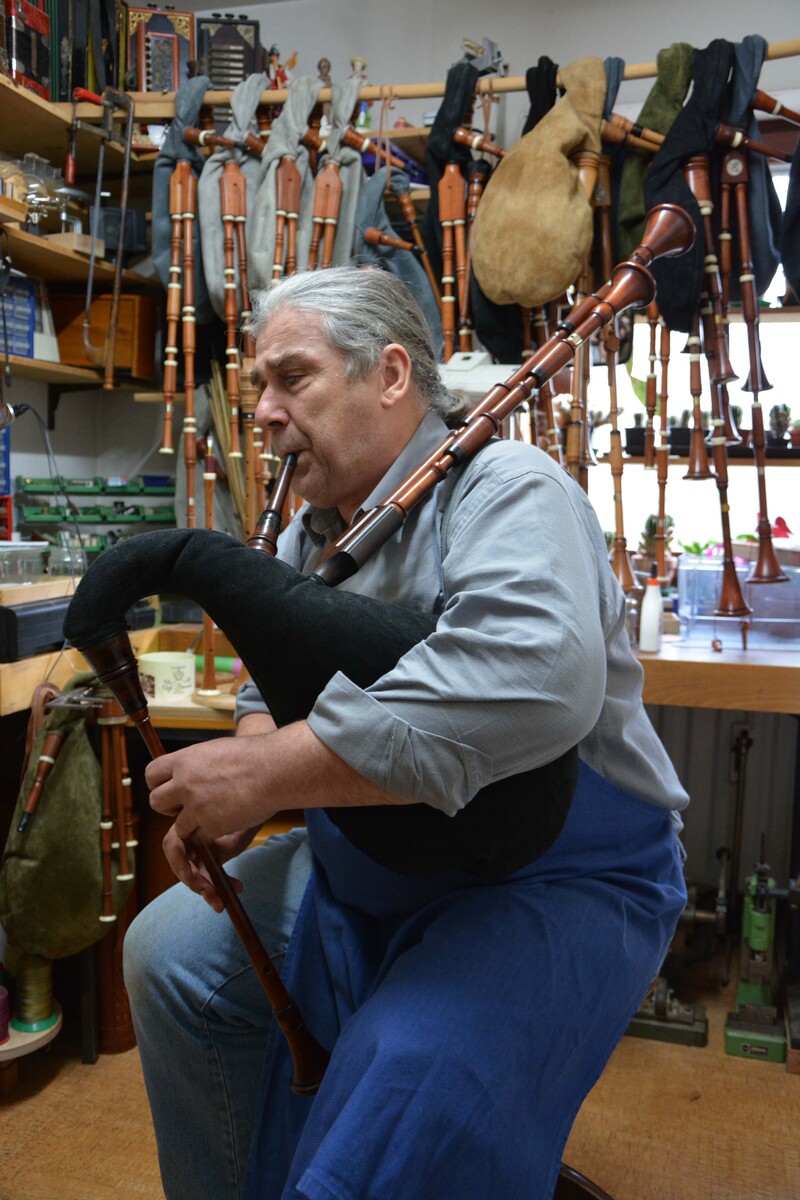
Bohemian Ram. Little Bumblebee. No, not pet names that aging married couples have for each other. These are just a few of the unusually archaic sounding instruments that belong to the larger family of bagpipes. Scottish bagpipes are generally a familiar concept, but the Black Forest shepherd's pipe is less well known, although it was quite prevalent there at one time. When Helmut Moßmann gets out
his bagpipes and hurdy gurdies and begins to philosophize about the world beyond music, it is easy to lose track of time. Now pushing 70, seems rather timeless himself. For nearly 40 years now, he has been making instruments that scarcely anyone knows about these days.
At his workshop in the small village of Schuttertal in the Black Forest, ancient musical instruments are handcrafted to the very highest level of expertise. Moßmann wears a blue work apron, leans against his lathe, and waxes lyrical about his instruments with great fervor. And it's not just dry theory, but is transformed into a powerful demonstration of his expertise as the craftsman demonstrates his skills as an accomplished piper. He also tells of Betzweiler, where he became acquainted with the (in)famous instrument maker Tibor Ehlers nearly 30 years previously.
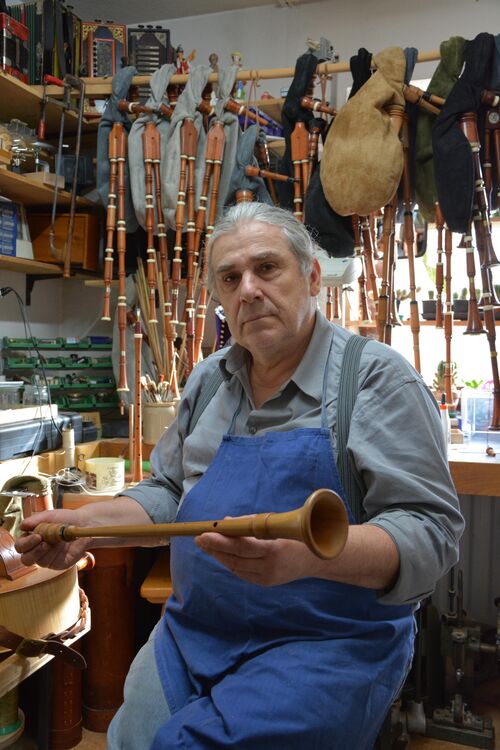
They got on well with each other and Moßmann, who was actually a trained machine builder, acquired the skills of bagpipe manufacturing
from his "master." He got his ideas from old books and museums, and he constructed the instruments as true to the original as possible. He soon became self-employed and is now one of between six and eight eminent bagpipe manufacturers in Germany. Bagpipes consist of a leather bag into which air is blown, which then escapes through one or more outlets. Part of it flows continuously through the "drones," which provide the constant carpet of sound,and part of it flows through a "chanter" – a flute-like pipe – on which the piper plays the melody.
Moßmann makes all of the components himself. He normally uses home-grown materials, sourcing his wood from plum, apple, or pear trees, and the leather from Black Forest cattle. But sometimes he also uses unconventional materials. Moßmann experimented for a long time in his efforts to find the ideal vibrating material for his double reeds. He now makes them from yogurt pots, for which he enlists the help of his family to spoon out the contents. Just when you think you've seen it all, Moßmann has another ace up his sleeve, with which to amaze his visitors. In an aviary sit two canaries with a very special talent. When their master begins to tune his drones, instead of falling off their perch with fright, they join in on command, tweeting and chirping at the top of their voices. These yellow vocal virtuosos have already accompanied him at
various concerts. The creatures have a break whenever Moßmann gives seminars, presents his instruments at festivals, or is on tour with his "Song and Dance from the Black Forest" program. When he returns home, his instruments and birds await him. Then he plays a saltarello on his "böhmischer Bock" (Bohemian Ram) or "Dürerpfeife" (Dürer Pipe). "You can get drunk on this sound," he says, smiling blissfully.





